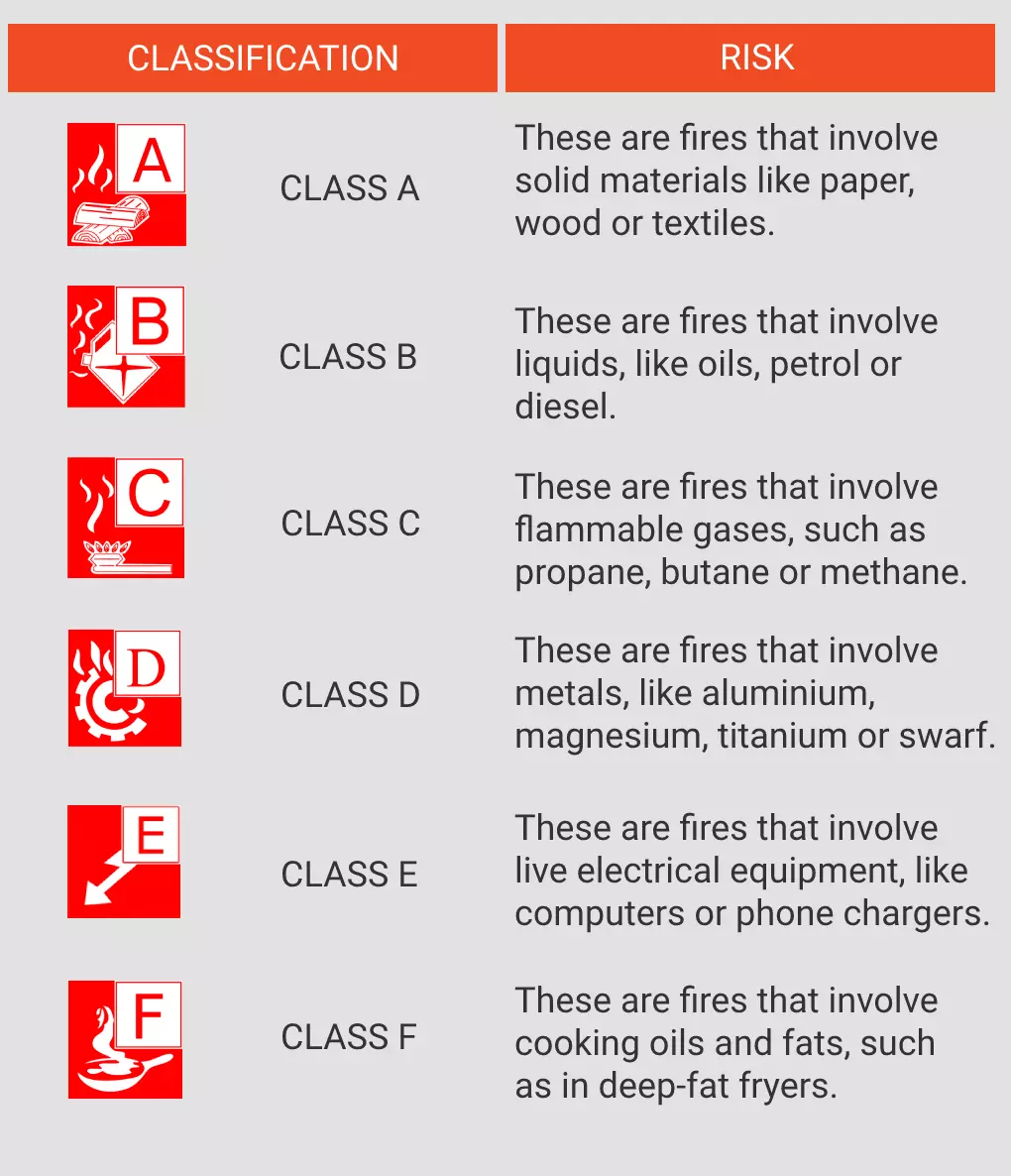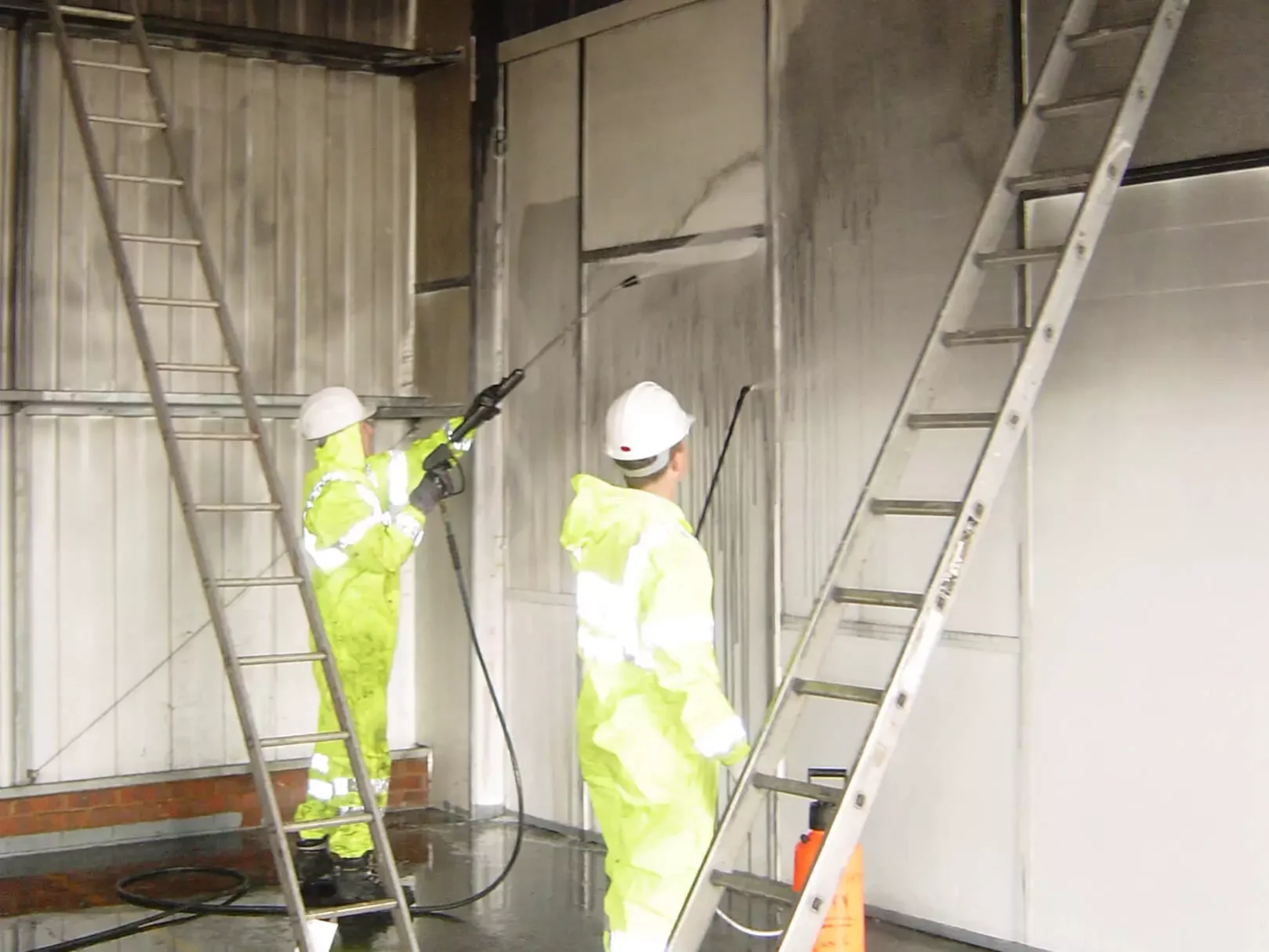For many, Christmas is the time of the year when family come together, overindulgence is common, and a post-Christmas dinner snooze is a must (for most). However, this festive time of the year is also known for an increased risk in house fires. In fact, the London Fire Brigade reports roughly 100 fires every day during December. Pretty shocking, isn’t it?
In this blog article, we we’ll be running through:
- The top 5 causes of house fires at Christmas in the UK.
- Top tips to reduce the risk of house fires at Christmas.
- The steps you should take if you’ve suffered from a house fire.
If you have any questions before, during or after reading this blog article, please don’t hesitate to contact one of the Ideal Response team who will be happy to help.
The top 5 causes of house fires at Christmas
In no particular order, here we go.
Christmas lights
No matter if they are outdoors or inside of your home, Christmas lights are one of the most enjoyed decorations at this time of year. But they can present a significant fire risk if they are damaged, old, and not properly installed. There are roughly 6,000 house fires caused by faulty electrical distribution every year, many of which happens in December.
Why does it happen?
The most common reasons for house fires caused by Christmas lights include:
- Overloading extension cables by plugging lots of sets of lights into one extension socket. Or, even worse, plugging in an extension cable into another extension cable then plugging multiple sets of festive lights in.
- Using older style lights which don’t use LED technology. This is because, if they are left on for an excessive period time, they can often overheat.
- Damaged cables or, even worse, exposed wires can trigger short circuits. This is more commonly found with older Christmas lights that may not have been checked thoroughly for a while before putting them up.
How to reduce the risk of fires caused by Christmas lights
There are a few practical things you can do to reduce the risk of fire. From ensuring you turn off the lights before bed to using extension leads with surge protection. However, one of the best things to do whilst you’re untangling your Christmas lights, is to check for any loose connections and exposed wiring. If you spot any of these, invest in some new LED lights which are not only energy-efficient, but they also run at a cooler temperature.
Cooking the Christmas dinner
A sumptuous Christmas dinner is one of the focal points of the day. But did you know that over half of reported house fires in the UK start in the kitchen? More happen at Christmas than any other time of the year too!
Why are there more kitchen fires at Christmas?
There are a variety of reasons why more kitchen fires occur during the festive period.
- A festive tipple is not uncommon on Christmas day, but it can often lead to cooking being unattended for longer whilst the festive conversations continue. Leaving unattended pans on the hob is often a cause of a kitchen fire.
- Clutter near the hob along with too many cooks in the kitchen creates more risk of accidents. For example, a kitchen towel being left near the hob whilst rushing around trying to serve the Christmas meal.
- A horrible build-up of grease within the oven and in the extractor hood can easily ignite under high heat, especially when trying to cook the perfect roasties.
How to reduce the risk of fires caused by cooking the Christmas dinner
A timer can be your best friend on Christmas day as it helps remind you what’s on and what’s not on the hob. Especially if you’re juggling multiple dishes. However, don’t just rely on a timer. Remember not to leave any cooking unattended and keep surfaces tidy so a rogue tea towel of oven gloves aren’t accidentally left near a flame.
Christmas trees
A Christmas tree tends to be the focal point of the home during the festive period. But, both real and artificial Christmas trees can become a fire risk if they are in the wrong conditions. Faulty lights, as mentioned earlier, can cause a fire quickly and if your real Christmas tree is as dry as a bone, it can become engulfed in flames in less than 30 seconds!
Why do Christmas tress present a fire risk?
There are a few reasons why Christmas trees present a risk of fire. These include:
- If you have a real Christmas tree, if you do not maintain watering it, the tree will dry out. The dryer the tree, the faster it will engulf in flame should a fire start.
- Placing your tree too close to heat sources such as fireplaces, candles and electric heaters increases the risk of a fire starting. A rogue spark from an open fire can cause a tree to go up in smoke in seconds.
- Over decorating your tree with excessive tinsel and paper or card decorations just adds fuel to the fire.
How to reduce Christmas tree fire risk
One of the main things you can do is to ensure you place your tree in a safe place in your home. At minimum distance of 1 metre away from any heat sources. Along with this and, if a real tree is more your thing, look to buy a fresh tree and once placed in position. Make sure you regularly water it to reduce any risk of drying out.
Candles
A festive candle is one of the biggest causes of house fires at Christmas. In fact, it’s not just around Christmas that candles are commonly the cause, over 1,000 annual house fires are attributed to candles.
So, why are candles a common cause of fires?
- Positioning a candle too close to flammable items is a major cause of house fires. From being too close to the Christmas tree to on the windowsill too ear curtains.
- Cheap wobbly candleholders or unstable surfaces can often lead to candles toppling over.
- Last but certainly not least, is leaving candles burning whilst outside of the room that they are in.
How to reduce the risk of a house fire caused by candles
If your heart is set on having lit candles out this Christmas, remember to keep them at least 30cm away from any flammable material and don’t leave them unattended. Also, consider swapping out real candles for alternatives such as battery powered.
Home heating
As the temperature drops over the colder months, the heating comes on in our homes. A cosy open fire roaring away after over-indulging on Christmas dinner whilst relaxing on the sofa sounds pretty good, doesn’t it? But, with that comes another fire risk. Not just from chimney fires, but from portable heaters too.
How does home heating create a higher risk of fires?
- If a chimney has not been maintained with regular chimney sweeping by a certified sweep (at least once a year), a buildup of soot and creosote can occur which can be ignited by a single spark.
- Electric heaters that haven’t been maintained properly also cause a risk. Frayed cables and drying clothes out over them are two of the most common causes.
Tips to reduce the risk of fire from home heating
No matter if you have an open fire or a wood burning stove, regular maintenance of the chimney significantly reduces the risk of fire. The cost of a chimney sweep ranges between £60 – £150 depending on the type of fire you may have. If you do have the fire on, always keep potentially flammable items at least three feet away from the heat source. However, if portable electric heaters are more your thing, always check that they are in good working order.
Conclusion
Where Christmas should be an enjoyable time for all, understanding potential fire risks is a good way to help reduce any unwanted disasters. If you haven’t already, check your fire alarms and your insurance policy to ensure you’re covered.
All that’s left for us to do, is to wish you an enjoyable Christmas and a great New year. If you have any questions about this blog or about the fire restoration services we offer, contact one of the Ideal Response team.



